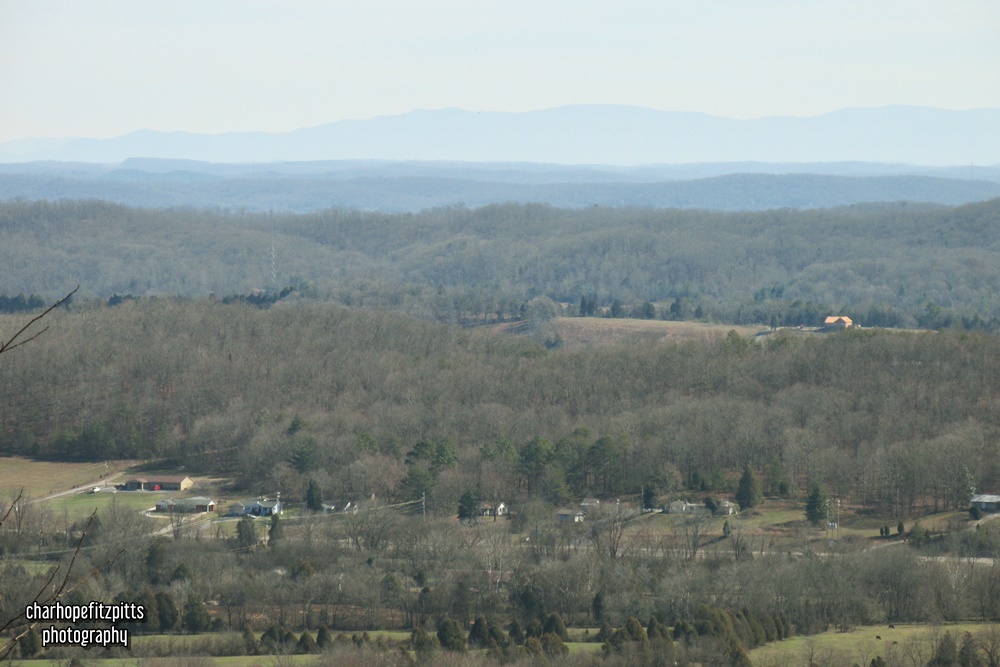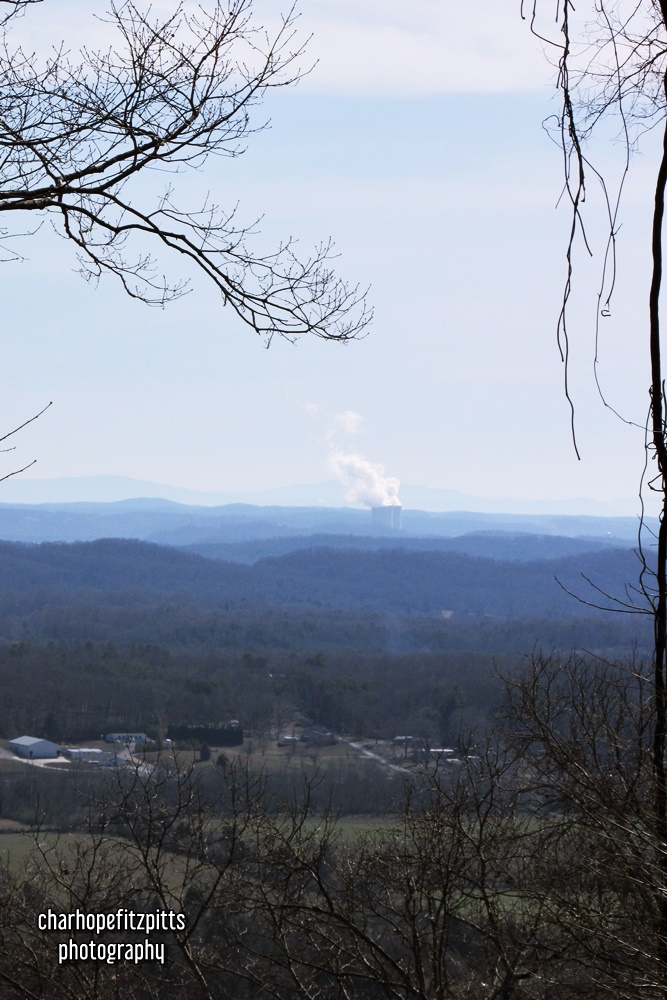















all i can say is WOW! this hike was totally insane!!!! it was a steep incline and then climbing back up was worse.. i’m just not use to it i guess… but there was such amazing beauty through this hike… if you love to hike.. then this is worth the trip… there is like 2 waterfalls.. the upper piney and the lower piney.. we could see the lower piney falls more.. and it was breathtaking.. wish there was a way to have seen the upper one but i wasn’t going to spend all day looking.. but here is the pictures from our trip.. enjoy!
| Craighead Caverns | |
|---|---|

Anthodite Formation
|
|
|
Map of Tennessee |
|
| Location | Sweetwater, Tennessee |
| Coordinates | 35°32′08″N 84°25′52″WCoordinates: 35°32′08″N 84°25′52″W |
| Designated | 1974 |
| Official website | |
Craighead Caverns is an extensive cave system located in between Sweetwater and Madisonville, Tennessee. It is best known for containing the United States‘ largest and the world’s second largest non-subglacial underground lake, The Lost Sea. In addition to the lake, the caverns contain an abundance of crystal clusters called anthodites, stalactites, stalagmites, and a waterfall.
Located in the foothills of the Great Smoky Mountains, the caverns are named after their former owner, a Cherokee native American, Chief Craighead. The caverns were formerly used by the Cherokee as a meeting place and later they were mined by Confederate soldiers for saltpeter, a commodity necessary to the manufacture of gunpowder.[1]
In 1939, explorers found the remains of a Pleistocene jaguar.[1] The persons who made the discovery were cave guides Jack Kyker and Clarence Hicks, who were exploring in the cave during their off hours. They reported their find to Dr. W. J. Cameron and W. E. Michael of Sweetwater, who were the current owners of the cave. The owners submitted the bones to the American Museum of Natural History in New York City, where they were identified as bones of a very large jaguar and an elk fawn. George Gaylord Simpson, a vertebrate paleontologist at the museum, subsequently visited Craighead Caverns in May 1940. During his visit, he recovered additional jaguar bones and made casts of several jaguar footprints in the mud floor of the cave. His excavation and findings are reported in American Museum Novitates, No. 1131 (August 6, 1941) on pages 1–12. The report includes photographs of the bones and footprints.
A mushroom farm was operated in the cave from 1939 to 1940. The manure for this operation was supplied from Fort Oglethorpe, where many horses were stabled. The mushroom beds were located in the Big Room, a few hundred feet northeast of the Historic Entrance. In 1947, a wooden dance floor was built in this same area of the cave, and a nightclub, known as the “Cavern Tavern”, was operated in the cave.
Craighead Caverns was added to the National Park Service list of National Natural Landmarks in 1974.[2]
The lake was discovered in 1905 by a thirteen-year-old boy named Ben Sands. As the story goes Sands, who often played in the cave, happened upon a small opening and crawled through. The room was so large he was unable to see the ends of the room with his lantern, so he threw balls of mud in all directions and heard splashes. When he went back home and told people of his discovery they were hesitant to believe him. By the time Ben convinced his father to go back down with him to explore it further, the water level had risen, hiding the cave entrance from them. It was rediscovered by local explorers several years later.
The visible surface of the lake measures 800 feet (240 m) long and 220 feet (67 m) wide (4.5 acres (1.8 ha)) at normal “full” capacity.[1] Cave divers have explored several rooms that are completely filled with water, without reaching the end of the cave. This exploration was conducted in the 1970s.
For many years The Lost Sea was considered the world’s largest underground lake and is still recognized as the world’s second largest non-subglacial underground lake[1] after Dragon’s Breath Cave, Namibia.[3]
Boat tours of the lake are still given and for many people are the highlight of the tour. In times of extreme drought (such as 2007-08) the lake recedes significantly and the management had to extend the walkway and the boat dock in order to be able to provide the boat tours. According to the management of the Lost Sea, the water level in the lake dropped 28 feet below its normal level at the height of the drought. At such times visitors see a much larger cavern above the lake surface.
this little stop (well there is actually 2 places to stop) is along the way to spring city, tn and the view.. is just fantastic… breathtaking, gorgeous…. It reminds me of why i love living in TN… it’s just too beautiful here… The mountains… ahhh yes refreshing to see for sure! enjoy the photos..


